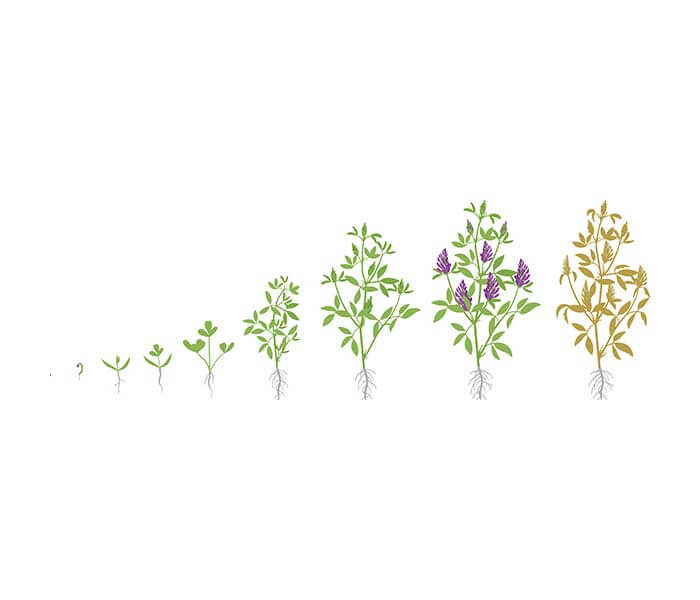Premier Co-op

December Energy News
I hope you were able to enjoy Thanksgiving with family and friends. And I hope you’ve recovered from your food coma. For the 10 of you (including my mom) who read my newslett...

Alfalfa is a versatile crop with a wide range of recommended seeding dates, but if you have land available for alfalfa, you must finalize your plan soon. Follow these five steps to help make your next alfalfa seeding a success:
Perform a soil test to determine pH, potassium and phosphorus levels. Alfalfa requires a neutral soil pH of 6.8 to 7.2 to reach its yield potential, and incorrect soil fertility levels will lead to lost production.
Planting alfalfa can be more challenging in the summer than in fall or spring. The key is to plant into firm soil where you can control the depth, ideally planting seeds one-quarter to three-eighths of an inch below the soil surface.
If there is any residual chemistry leftover from the previous crop, it could inhibit alfalfa crop establishment.
The first 30 days of an alfalfa seedling’s establishment are very important, and if you don’t have adequate weed control, some of those alfalfa seedlings may be lost.
Alfalfa varieties with the HarvXtra® reduced-lignin trait, such as CROPLAN® HarvXtra® HarvaTron, HVX Driver or HVX MegaTron, provide flexibility to increase time between cuttings, which can result in improved forage quality or increased stand persistence. Click here to view varieties.
For more information on alfalfa seeding and management strategies, contact an agronomist below. We’ll help you develop a customized plan that fits your specific needs and goals.

